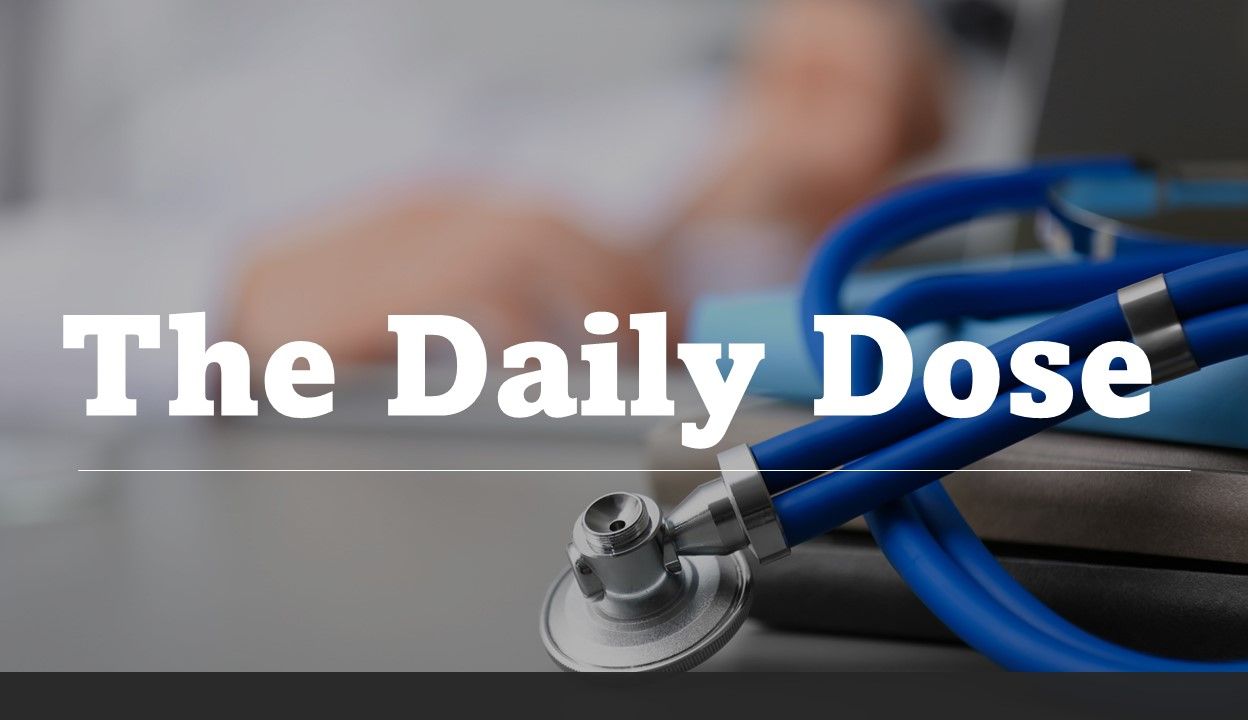- CDC
- Heart Failure
- Cardiovascular Clinical Consult
- Adult Immunization
- Hepatic Disease
- Rare Disorders
- Pediatric Immunization
- Implementing The Topcon Ocular Telehealth Platform
- Weight Management
- Monkeypox
- Guidelines
- Men's Health
- Psychiatry
- Allergy
- Nutrition
- Women's Health
- Cardiology
- Substance Use
- Pediatrics
- Kidney Disease
- Genetics
- Complimentary & Alternative Medicine
- Dermatology
- Endocrinology
- Oral Medicine
- Otorhinolaryngologic Diseases
- Pain
- Gastrointestinal Disorders
- Geriatrics
- Infection
- Musculoskeletal Disorders
- Obesity
- Rheumatology
- Technology
- Cancer
- Nephrology
- Anemia
- Neurology
- Pulmonology
SGLT2 Inhibitors Outperformed Other Oral Antidiabetic Drugs for Persons with T2D, NAFLD: Daily Dose
©New Africa/AdobeStock

Patient Care brings primary care clinicians a lot of medical news every day—it’s easy to miss an important study. The Daily Dose provides a concise summary of one of the website's leading stories you may not have seen.
Last week, we reported on findings from a study published in JAMA Internal Medicine that examined which oral antidiabetic drug (OAD) was associated with the best patient outcomes in nonalcoholic fatty liver disease (NAFLD) and type 2 diabetes (T2D).
The study
Researchers used the National Health Information Database, which provides population-level data for Korea, to identify more than 80 000 individuals aged ≥19 years with T2D and concomitant NAFLD. Exposures were receiving either SGLT2 inhibitors, dipeptidyl peptidase-4 (DPP-4) inhibitors, or sulfonylureas, each combined with metformin for ≥80% of 90 consecutive days.
The main outcomes were NAFLD regression—defined for the purpose of the study as a reduction in fatty-liver index to less than 30 at follow-up from a baseline of over 60—and composite liver-related outcomes, defined as liver-related hospitalization, liver-related mortality, liver transplant, and hepatocellular carcinoma.
The findings
In total, 80 178 patients (mean age, 58.5 years; 53.6% men) were followed for 219 941 person-years, with 4102 participants experiencing NAFLD regression.
When compared with sulfonylureas, researchers found that SGLT2 inhibitors (adjusted distribution hazard ratio [ASHR] 1.99, 95% CI 1.75-2.27), thiazolidinediones (ASHR 1.70, 95% CI 1.41-2.05), and DPP-4 inhibitors (ASHR 1.45, 95% CI 1.31-1.59) were associated with NAFLD regression. Results also showed that SGLT2 inhibitors were associated with a higher likelihood of NAFLD regression when compared with thiazolidinediones (ASHR 1.40, 95% CI, 1.12-1.75) and DPP-4 inhibitors (ASHR 1.45, 95% CI 1.30-1.62).
Results showed that when compared with sulfonylureas, only SGLT2 inhibitors (ASHR 0.37, 95% CI 0.17-0.82), not thiazolidinediones (ASHR 0.77, 95% CI 0.36-1.64) or DPP-4 inhibitors (ASHR 0.86, 95% CI 0.65-1.15), were significantly associated with a lower incidence of adverse liver-related outcomes. However, according to investigators, SGLT2 inhibitors made no significant difference in liver-related outcomes when compared with DPP-4 inhibitors (ASHR 0.67, 95% CI 0.33-1.35) or thiazolidinediones (ASHR 0.70, 95% CI 0.27- 1.84).
Authors' comment
"The results from this study suggest that SGLT2 inhibitors may be the preferred choice among OADs for individuals with both NAFLD and T2D, highlighting the need for additional research to determine whether a shift in prescribing practices is warranted."
Related Content
